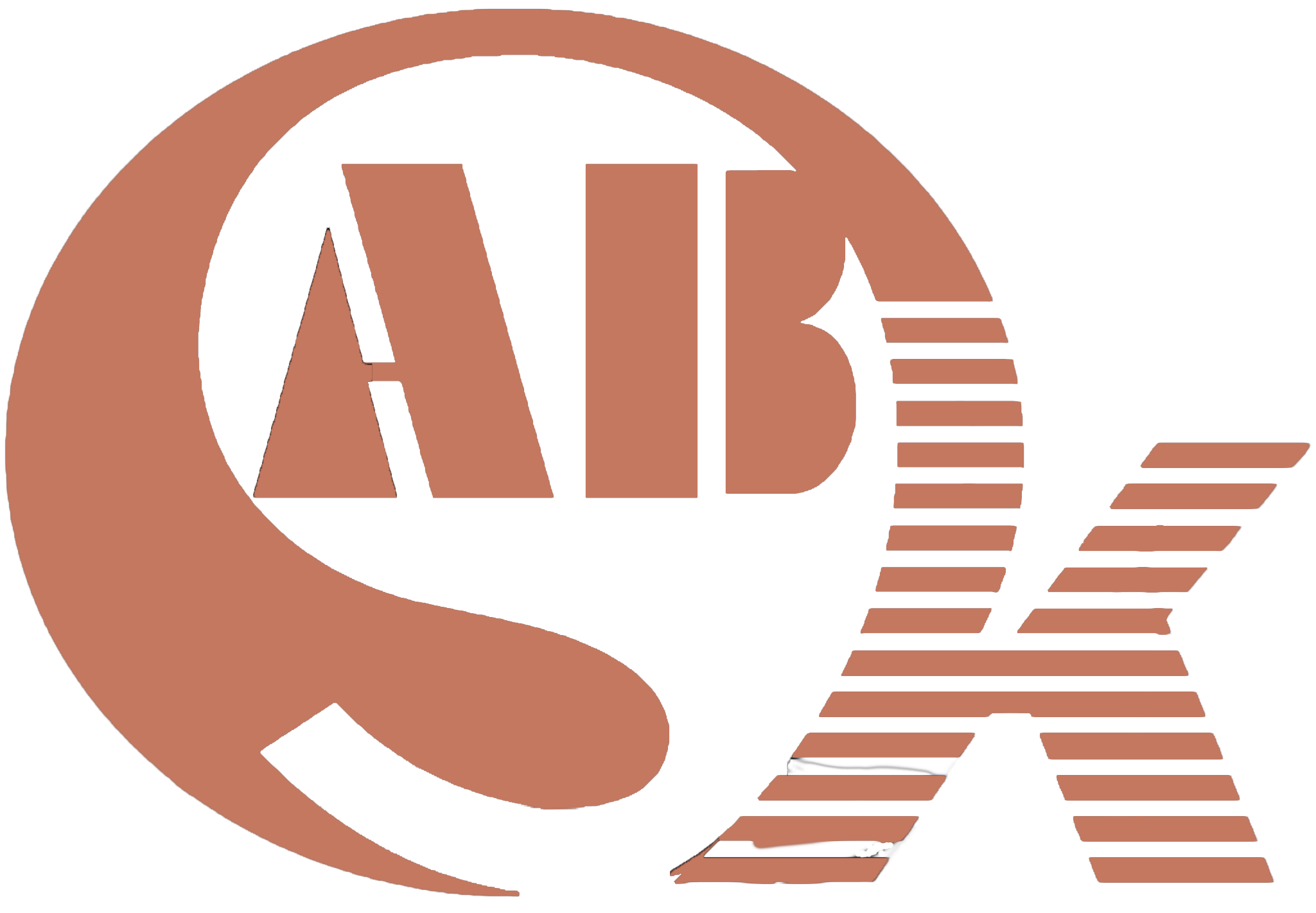Mastering Precision: How to Adjust Your Welding Machine for Perfect Welds
Welding is an art that requires a steady hand, a discerning eye, and the right equipment. Among the essential tools in a welder’s arsenal, the welding machine stands out as the heart of the operation. To achieve perfect welds, it’s crucial to know how to adjust your welding machine properly. In this article, we’ll delve into the intricacies of welding machine adjustments, offering professional insights to help you solve common welding issues and achieve precision in your welding projects.
Before diving into adjustments, let’s briefly cover the fundamental components of a welding machine. A welding machine typically consists of a power source, electrode holder or gun, and a ground clamp. The power source provides the necessary electrical current to create the weld. Adjusting the machine correctly is the key to controlling the heat, arc stability, and weld penetration, ensuring a successful outcome.
Voltage and Amperage Settings:
The first and foremost adjustment you’ll need to make on your welding machine is setting the voltage and amperage. These settings control the intensity of the electrical current, which, in turn, affects the heat generated during welding. To adjust these parameters correctly:
- Refer to the welding machine’s manual for recommended settings based on the material and thickness you’re welding.
- Start with the suggested settings and make fine adjustments as needed during a test weld.
- Higher voltage and amperage settings result in deeper penetration and larger weld beads, while lower settings are ideal for thinner materials.
Wire or Electrode Feed Speed:
For MIG (Metal Inert Gas) and TIG (Tungsten Inert Gas) welding, adjusting the wire or electrode feed speed is crucial for precise control. This adjustment regulates the rate at which the consumable electrode is fed into the welding pool. To set the correct feed speed:
- Consider the wire or electrode diameter and the material you’re working with.
- A faster feed speed can create a narrower, more controlled bead, while a slower speed is suitable for wider welds.
- Regularly inspect the wire or electrode spool to ensure smooth, uninterrupted feeding.
Gas Flow Rate:
When welding with a shielding gas, such as argon or CO2, it’s vital to adjust the gas flow rate accurately. The shielding gas protects the weld pool from atmospheric contamination and contributes to weld quality. Follow these steps to adjust the gas flow rate:
- Consult the welding wire or electrode manufacturer’s recommendations for the optimal gas flow rate.
- Use a flowmeter to measure and adjust the gas flow rate accordingly.
- Inspect gas hoses and connections to prevent leaks that could affect the shielding gas coverage.
Torch or Gun Angle:
Welding isn’t just about machine settings; your technique plays a significant role in achieving precise welds. Torch or gun angle refers to the orientation of the welding tool concerning the workpiece. Here’s how to adjust it for optimal results:
- Maintain a consistent angle, typically between 5 to 15 degrees from vertical, depending on the welding process and joint configuration.
- Adjust the angle to ensure proper heat distribution and penetration.
- Practice with different angles to find the one that works best for your specific welding project.
Troubleshooting Common Issues:
Even with the best adjustments, welding problems can still arise. Here are some common issues and their solutions:
- Spatter: Reduce voltage or amperage settings, or adjust the wire feed speed.
- Incomplete Penetration: Increase amperage settings or slow down welding speed.
- Porosity: Check gas flow rate and shielding gas quality, and ensure proper cleaning of the workpiece.
Conclusion:
Mastering the art of welding machine adjustments is essential for achieving precise, high-quality welds. By fine-tuning voltage, amperage, wire feed speed, gas flow rate, and torch angle, you can overcome common welding challenges and take your welding skills to the next level. Remember that practice and experimentation are key to perfecting your welding technique.
